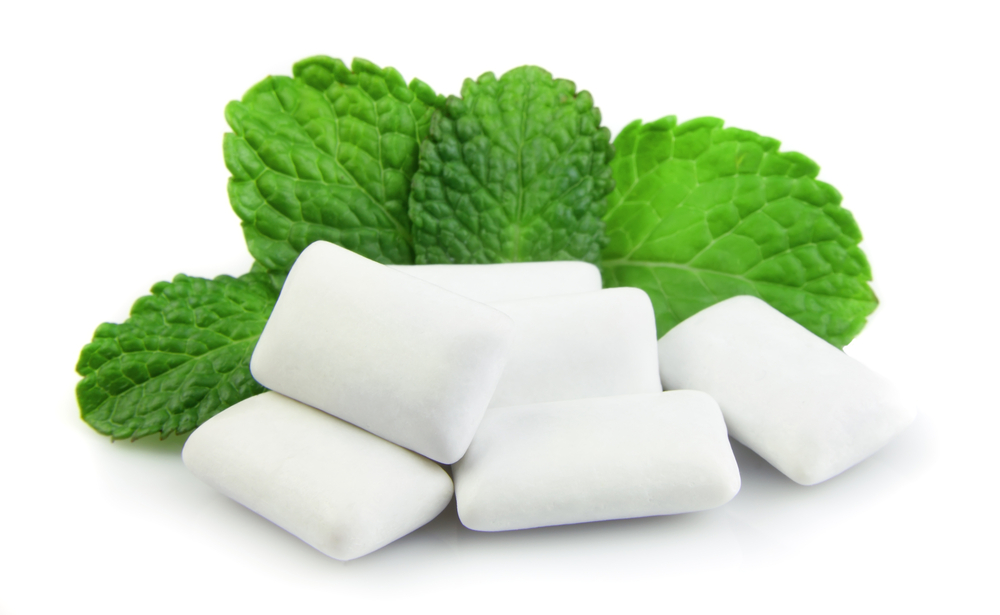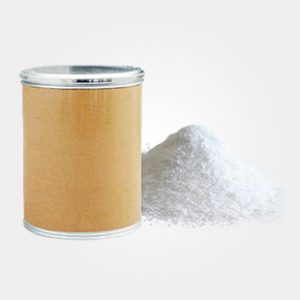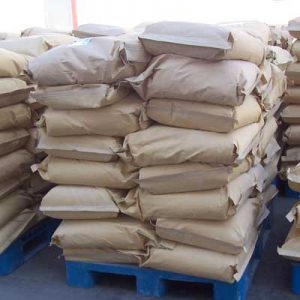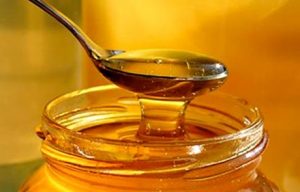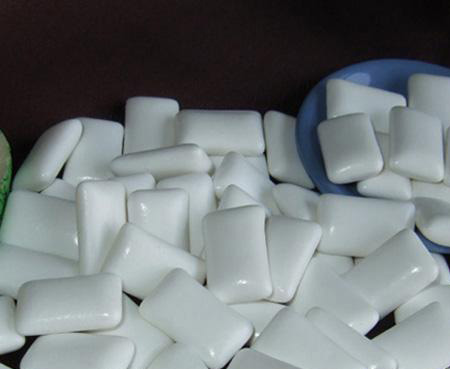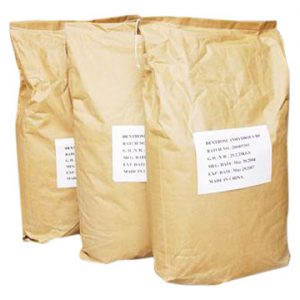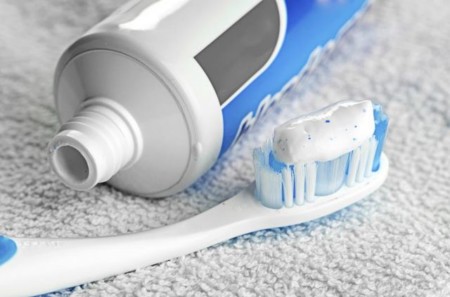FDA permits the USE of Neotame . Neotame is used in + 80 countries in + 1000 Products globally .Neotame is a Non-Nutritive sweetener. It is High Intensity Sweetener ( HIS ) The Sweetness profile is similar to Sucrose and has a Sweet Clean Taste …& no side effects, plus, the sweetness cost is much less than sucrose and aspartame, and widely applied in various food production.Its sweetness ,flavor enhancing,low-energy,stability,metabolic ways and chemically inert make it the newest sweetener for sure.
Neotame E961 can enhance some certain ingredients like mint,as well as restrain the bad smell of bean products. Because of its improvement in taste, the solids in fruit juice could be reduced. It can also reduce the amount of vanillin used in pudding and dairy products, as well as the amount of citric acid in dairy products and fruit products. Neotame can enhance tomato’s flavor in barbecue sauce, improve cereal’s quality.
Neotame can be applied in products including juice,carbonated drinks, solid beverage,dairy products,candy, chewing gum, jelly, baking products,medicine, animal feed,condiment,areca nuts, Supari, mouth freshners …,alcoholic drinks and ice-cream.
In Drinks
Neotame E961 is of great stability, do not affect products’ features including drinks’ flavor,color after batch production, high temperature short time(HTST) sterilization and aseptic operation
Neotame’s sweetness can be kept in cola carbonated drinks as long as 4-5 months, it can be applied in juice, vegetable juice and low alcohol wine, improve the taste and flavor of drinks, can also be applied in solid powdered beverage like lemon tea and milk powder.
Neotame E961 is very stable in these products and its duration is consistent with the life span of drink itself.In the meantime, the content of neotame could replace more than 20% citric acid, and the taste of sour stay the same.
Solid powdered beverage: neotame can replace 30% sucrose which do not change the products’ flavor, and can reduce production cost, can replace aspartame in the recipe without label phenylalanine.
In Daily Products
Researches shows that, when this kind of products’ shelf life come to an end, the neotame in it only decrease for 2%, which has merely effect to the product.
Neotame E961 is suitable for batch production, high temperature short time(HTST) sterilization and aseptic operation, the final products containing neotame maintain stable concentration,especially for yogurt products, which can apply neotame to enhance its flavor.
Neotame do not involve in fermentation, cannot affect the growth of normal fungus, so it can be widely used in dairy products like yogurt and cheese. It is stable in condition of PH 4.0-4.5.In the process of fermentation,neotame is stable,and its replacement of part of sucrose reduce the calory of the product, increase the nutritional value latently(milk replace part of sucrose volume), thus consumer can get better products.
In Starch, protein foods
Neotame can be mixed with other nutrition and non-nutrition sweeteners. It can resist starch’s deceasing, prolong the products’ duration. Also can resist protein denaturation and keep good flavor in rich protein foods.
In Savory food
Neotame E961 can be applied in high temperature short time(HTST) products including popcorn,cookie and cakes, because of the heating time is very little, neotame concentration merely changes.
In Preserved fruits, candied and other high sweetness foods
Neotame E961 could be perfectly excel its functions when applied in preserved fruits, candied fruit, plum and other high sweetness food, the required sweetness could be easily reached without any bitter taste.According to researches,neotame can generate synergistic sweetening effect with saccharin and cyclamate, the appropriate portion of neotame with other sweeteners could enhance the flavor of food apparently.
In Candy,chewing gum and other childrens food
Neotame’s blend with sugar alcohol products could be applied in low-cost healthy sugar-free foods, especially kinds of candies that children love, the taste is impressive, and can also prevent dental caries.Neotame is not involved in the human oral microbial metabolism and not digested, so it can prevent dental caries which does good to teeth, neotame can replace sucrose,applied in producing sugar-free gum,and prolong the its sweetness apparently.
Neotame E961 is merely absorbed in our bodies, due to its mere calorie, which is suitable for obese patients, patients with cardiovascular disease and the elderly as well as those who desire to control weight eating; does not cause blood sugar fluctuations for people with diabetes.
In Table-top sweeteners
Neotame E961 has no moisture absorption, low energy, is very suitable as a table-top sweeteners. The study shows that neotame sweetness can be stored for a long time.
In Preserved canned products
Neotame E961 can be used for acid canned foods, substituting 30% of the other sweeteners’sweetness can significantly increase the canned flavor, and reduce costs. adding instant Neotame in fish and other protein-rich foods can inhibit the protein denaturation, keep good taste. As it is available in the application,in canned-fruit products,it can reduce the overall proportion of syrup, reducing the odds of fruit floating,there’s no need to add more fruits. Neotame showing good stability during the canned-food heat treatment.
In Jelly
Generally,the solid content of the jelly minimum requirement is 15%, and jelly taste good when reach 18-22 sweetness, so the excessive 15 sweeteners can be substituted by sweeteners to adjust the taste, for example: Use neotame substitute 3 sweetness , the actual usage is: 3/8000 × 100% = 0.03755 (w / w); the final product taste sweet and pure, and can reduce the total cost of the product.
In Feed
Neotame E961 can effectively masking saccharin’s aftertaste bitter, improve feed palatability. Daily feed consumption of livestock determines the growth, especially young pigs, suckling pig feed intake, affecting livestock entire growth process, thus improving the palatability of feed, especially suckling pig, young pig feed palatability resistance can increase their daily intake, thus speeding up their growth rate. Livestock, especially young pigs, piglets are more sensitive than the human palate.
Neotame’s characteristics including pure sweet, no bitter, astringent, metallic odor, can make up and improved feed sweetener, can mask the bitter taste of saccharin and metallic taste, to improve the taste characteristics of feed.
